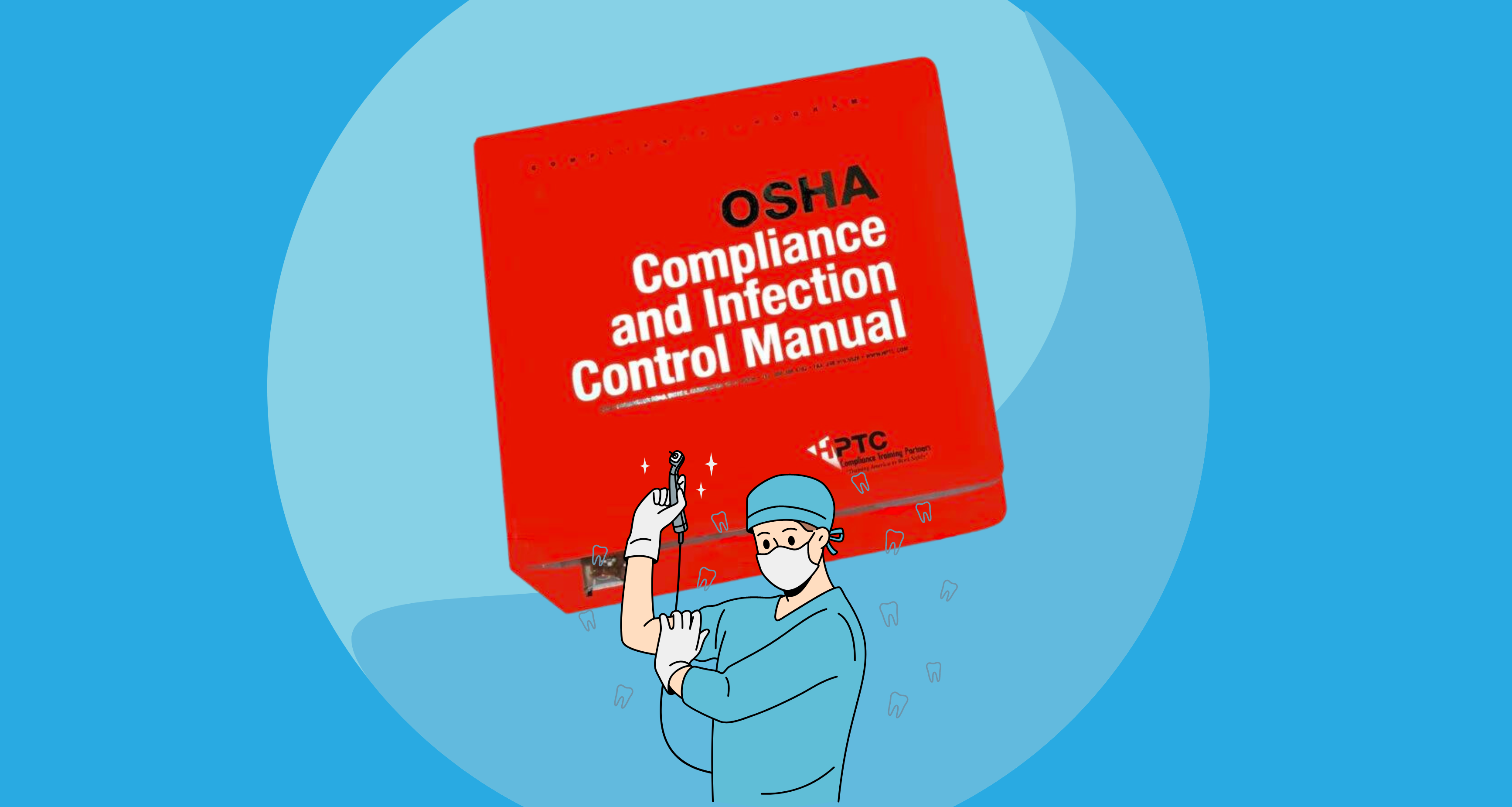Ensuring the safety and well-being of both staff and patients is a top priority in any dental office. To achieve this, it is essential to comply with the regulations set forth by the Occupational Safety and Health Act (OSHA). One vital tool that every dental office should have is an OSHA binder.
This comprehensive book serves as a central repository for all necessary information and documents related to workplace safety protocols. Let’s look at the significance of an OSHA binder for dental offices, exploring its key components and benefits.
Unlocking an OSHA Binder: Your Guide to Workplace Safety
An OSHA binder for dental offices is designed to provide easy access to vital information regarding workplace safety procedures.
It acts as a reference guide that contains relevant:
- Policies
- Guidelines
- Training Materials
- Incident Reports
- Emergency Procedures
By organizing all these important documents in one place, dental office staff can quickly find the information they need to ensure compliance with OSHA standards and maintain a safe working environment.
1. Policies & Procedures
The OSHA binder for dental offices should include a detailed outline of all policies and procedures implemented within the dental office.
This includes:
- Infection Control Protocols
- Hazardous Material Handling Guidelines
- Personal Protective Equipment Requirements
- Fire Safety Plans
- Emergency Evacuation Procedures
2. Training Materials
A crucial aspect of maintaining workplace safety is ensuring that all staff members receive proper training on safety protocols. The OSHA binder for dental offices should contain records of employee training sessions along with any accompanying materials such as presentations or handouts.
3. Incident Reports
Accidents or incidents can happen even in the most well-maintained dental offices. Keeping track of these incidents is vital for identifying trends and implementing corrective actions. The OSHA binder should include forms for documenting incidents such as injuries or exposure to hazardous substances.
4. Material Safety Data Sheets (MSDS)
MSDS provide important information about chemicals and materials used in a dental office. These sheets include details about potential hazards, handling procedures, and emergency response measures. The OSHA binder for dental offices should contain an up-to-date collection of MSDS for all relevant substances.
Exploring the Benefits of an OSHA Binder for Dental Offices
Several benefits come from using an OSHA binder in your dental office.
1. Compliance with Regulations
By having an organized OSHA binder for your dental office, you can easily demonstrate your commitment to meeting workplace safety standards set by OSHA. This not only helps avoid penalties but also promotes a culture of safety among staff members.
2. Improved Preparedness
An OSHA binder ensures dental offices are well-prepared to handle emergencies or accidents effectively. Quick access to emergency procedures allows staff to respond promptly and efficiently in critical situations.
3. Streamlined Training Process
The OSHA binder for dental offices serves as a valuable resource during employee training sessions. It provides easy access to training materials, allowing new employees to quickly familiarize themselves with workplace safety protocols. Furthermore, it simplifies updating training materials as regulations change over time.
4. Efficient Documentation
Keeping all necessary documents in one central location saves time and effort when it comes to OSHA recordkeeping. Dental offices can easily update documentation such as policies, incident reports, and training records in the OSHA binder, ensuring accurate and up-to-date information at all times.
Managing OSHA Compliance the Right Way
While using an OSHA binder has some benefits, it’s not the best solution for OSHA compliance. Binders are often neglected, either going unused or are never updated to reflect current OSHA best practices or how your practice currently operates. By using OSHA compliance software, you ensure that your compliance is managed effectively and efficiently.
Investing in OSHA software for your dental office demonstrates a commitment to prioritizing safety and sets the foundation for continued improvement in workplace safety practices within the dental industry. By organizing essential information related to policies, procedures, training materials, incidents, and more, dental offices can ensure compliance with OSHA regulations while fostering a safe environment for both staff and patients.








